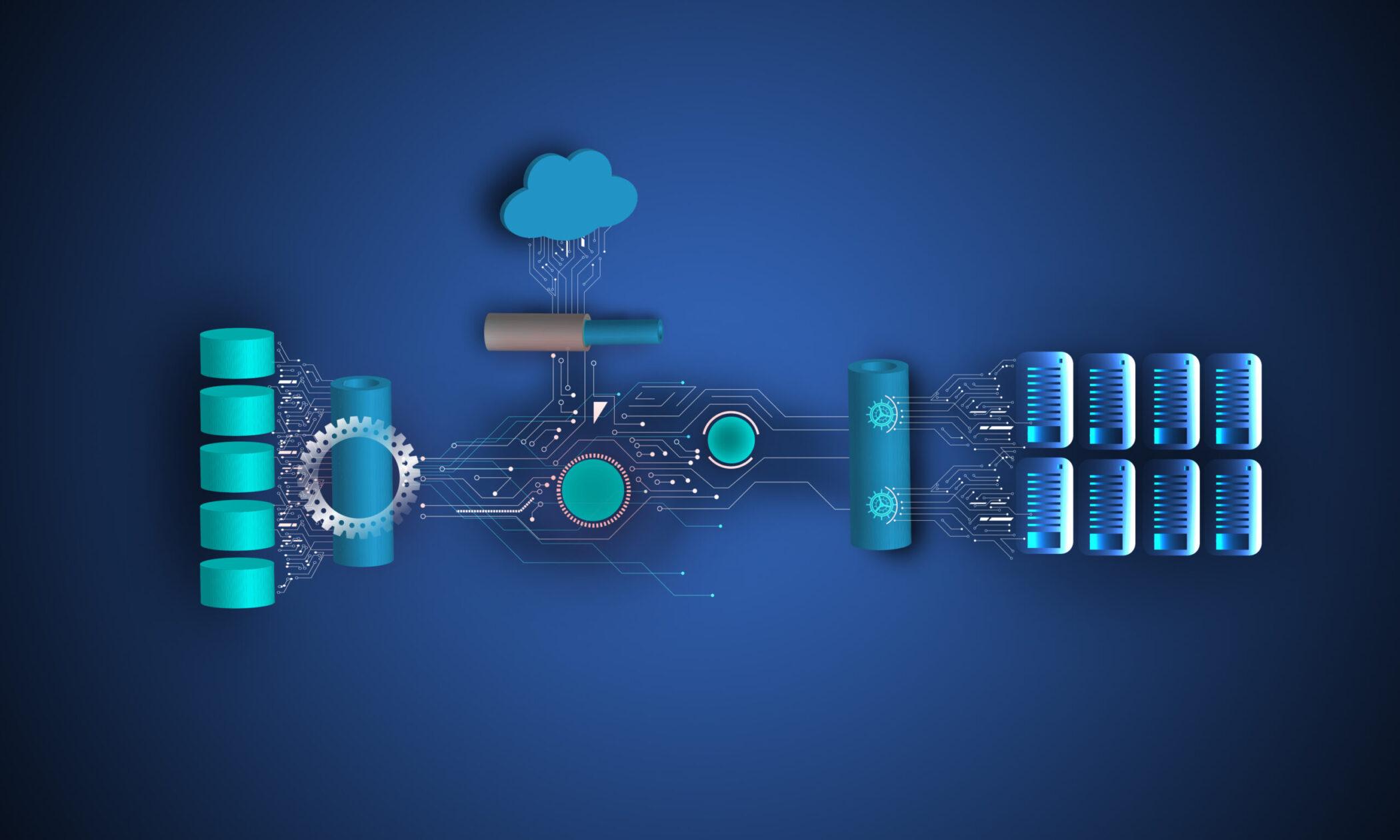
In today's world of software development, there is a growing trend towards using a microservices architecture for applications. This type of architecture allows developers to break down their application into smaller, more manageable components that can be developed, tested, and deployed independently. It also makes it easier to scale and maintain applications as they grow. But what exactly is a microservices architecture and is it the right choice for your next app?
At its core, a microservices architecture is a way of breaking down a large application into smaller, independent services that can be developed, tested, and deployed independently. Each service is responsible for a specific task, and they are all connected together to form a larger application. This allows developers to focus on specific tasks and makes it easier to scale and maintain the application.
The benefits of using a microservices architecture are numerous. It allows developers to create applications that are more modular and easier to maintain. It also makes it easier to scale applications as they grow, as each service can be scaled independently. Additionally, it makes it easier to deploy applications, as each service can be deployed separately. Finally, it makes it easier to test applications, as each service can be tested independently.
However, there are some drawbacks to using a microservices architecture. One of the biggest drawbacks is the complexity that is associated with designing and maintaining the services. Additionally, the cost of developing and maintaining the services can be high. Finally, the performance of the application can be impacted if the services are not properly designed and maintained.
In the end, the decision to use a microservices architecture for your next app depends on your specific needs. If you need an application that is highly scalable and easy to maintain, then a microservices architecture may be the right choice. However, if you need an application that is simple and cost-effective, then a more traditional approach may be better.
No matter what type of architecture you choose, it is important to understand the pros and cons of each approach before making your decision. By understanding the benefits and drawbacks of a microservices architecture, you can make an informed decision about whether or not it is the right choice for your next app.
